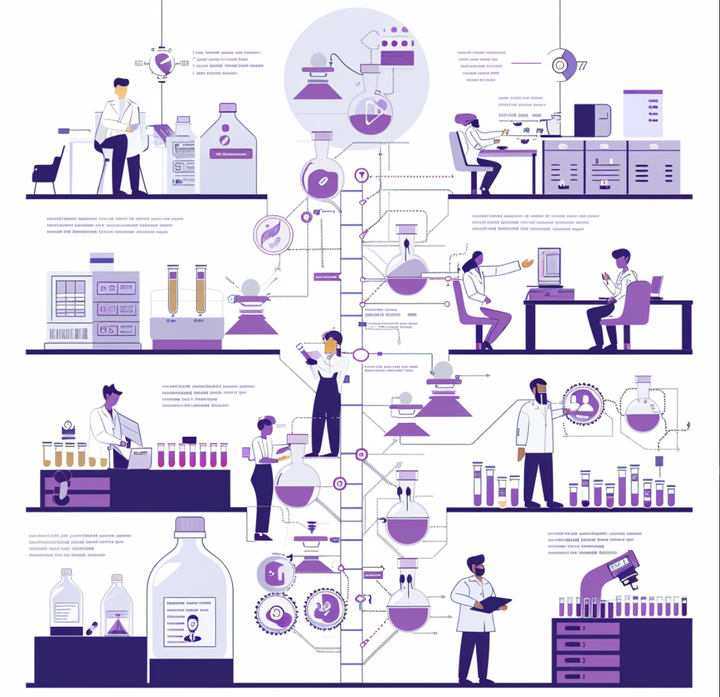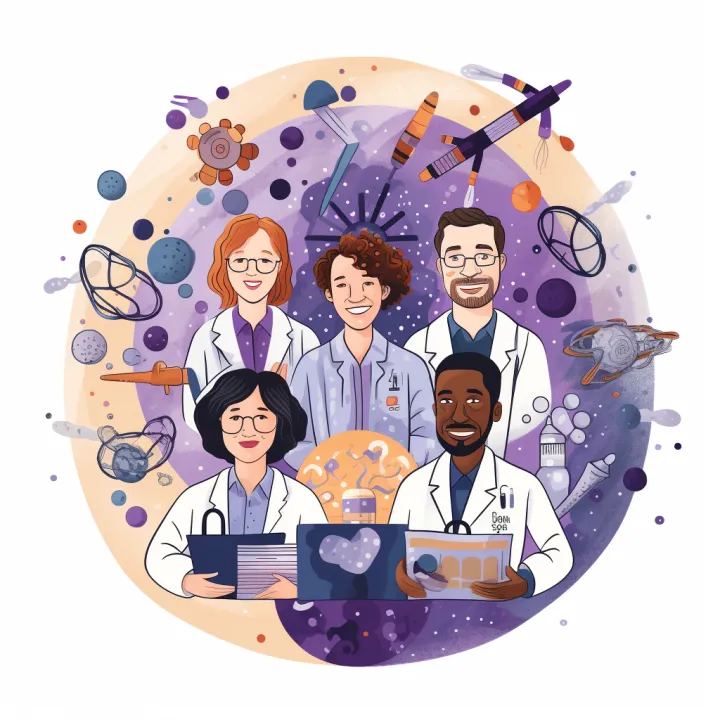Biotech and biopharma need to start thinking about physical—not digital—twins.

In biomanufacturing, digital twins are gaining prominence as state-of-the-art technology for digitally mirroring and analyzing physical processes. But, for our co-founders Nathan and Benson, having come from the trenches of fintech where they built ledger systems and machine learning models, this ontology is an inversion of the status quo in other tech industries.
Marc Andreessen famously said that software is eating the world. What that means is that in many industries, as hardware becomes commoditized, the central challenge becomes describing business processes and requirements to identify a clear solution. This is the domain of software.
In fintech these days, bank vaults (when they exist at all) are a zero-margin business that’s uninteresting and buried beneath layers of vendors. Similarly, CPG manufacturing is a razor-thin margin business compared to software development.
It's time for software to eat biotech too
But consider the inverse: as businesses move towards a software-centric approach, starting with software and building hardware to suit (or outsourcing it), the potential for growth and impact becomes much more significant. Look no further than Amazon, which has grown into the world’s largest e-commerce player. For Amazon, the software is the framework, and the infrastructure catches up.
The life sciences industry has an equally significant opportunity. It's time to start thinking about physical twins, not digital ones. Define your process in data structures and software first, and then implement them in the physical world. With this paradigm shift, software can eat biotech too.
A new era of lab software design
Here at Ganymede, we understand why software is so crucial to efficient lab operations, and recognize the limitations of existing tools. By integrating data wherever it exists and allowing easy mapping to data structures and processes defined in scientific apps (ELNs, LIMS, MES, QMS, etc.), Ganymede's data platform can shift our clients’ paradigms from building a physical process that needs to be reflected in data, to building a data business that needs to be reflected in a physical process.
As the data management layer between these apps and data sources (i.e. lab instruments), Ganymede becomes the glue that unifies data, making it more compliant and secure. Our growing role as the cornerstone tool in our client's digital transformation journeys has been a massive inflection point for our team, ultimately fueling the Series A funding we raised last year.
Sound science starts with software
The work that scientists are doing is critical, and the sooner we can enable them to focus on designing the business logic or workflows of their science in software, via low-code and no-code apps powered by Ganymede, the sooner they can deliver therapeutics to patients. This will also help scientists earn a salary commensurate with their impact, as has happened with software engineers in many other industries that have already been “eaten” by software.
One final note: Ganymede is very much a social enterprise. The only reason we built it as a business is because it’s hard to have the scale of impact needed without that. In this industry, open-sourcing software isn’t enough; you need a large implementation team with enterprise project management capabilities and rock-solid security and compliance. That's what we’ve built. And it's where we reinvest our revenue.
We’re here to support the life sciences industry come hell or high water. Don’t hesitate to contact us if you need help integrating an instrument, automating an assay, or building a full org-wide data strategy with a central data lake and analysis automation platform that spans multiple labs. We do it all, and we’re eager to get started as your partner.
Interested in learning more? Reach out to us here to schedule a quick chat.




